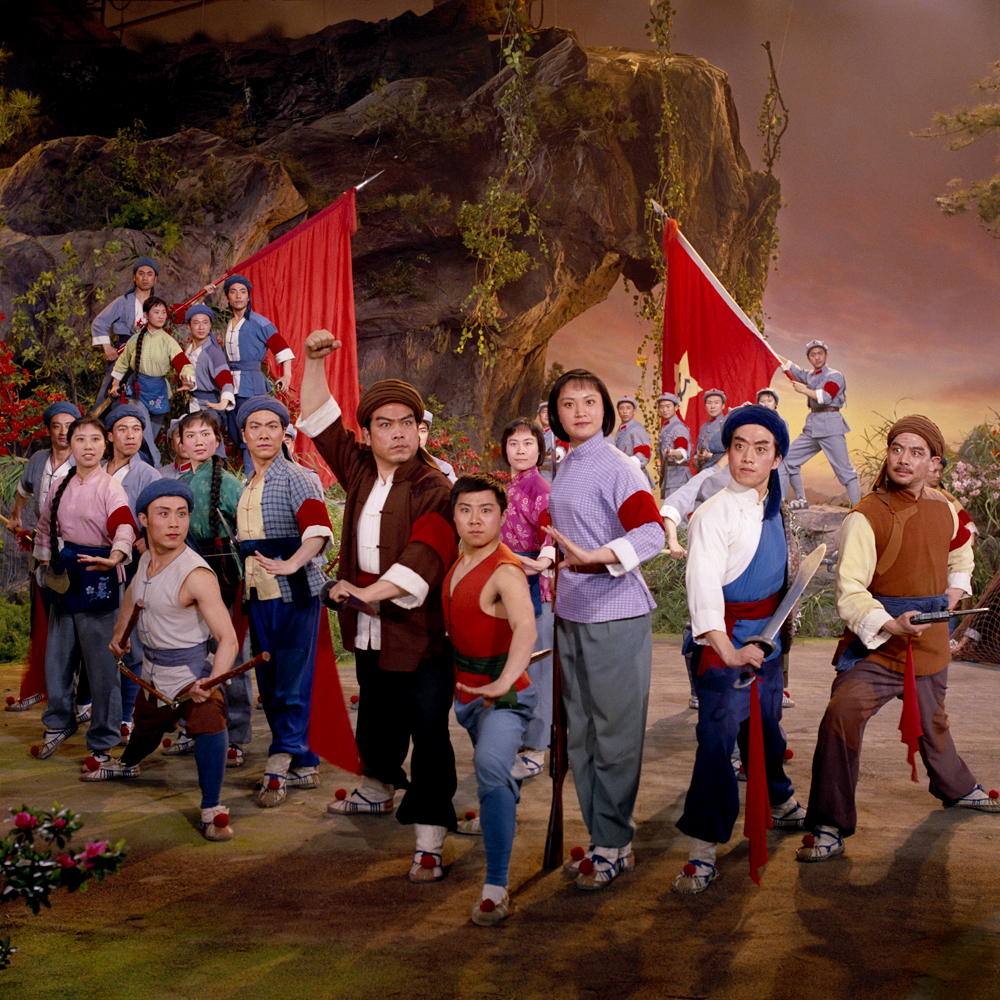
In 1967, Zhang Yaxin was 34 and working as a photojournalist at China’s state-controlled Xinhua News Agency when he was assigned to a top-secret government project. He was to be the official photographer of a new arts program led by Chairman Mao and his wife – the Model Operas. Though he was not to know it then, Zhang would spend the next seven years documenting the evolution of one of the most dramatic and elaborate attempts to redefine artistic sensibilities in modern art history.
A year before, Chairman Mao had unleashed the fury of the Cultural Revolution on China, a grassroots rebellion through which he aimed to sweep away all influences of both capitalism and traditional Chinese culture from the country and rebuild its society from scratch around purely socialist ideals. The performing arts were to be a key tool in the process of re-educating the masses – and Mao intended to completely redraw artistic and aesthetic norms in China in order to achieve his goal.
The Great Helmsman began by banning all forms of “bourgeois” and “feudal” art – to watch a Western film or perform a traditional Chinese opera was to risk imprisonment or death. To fill the void and support the spread of communist ideals, Mao’s wife, Jiang Qing, and her acolytes spent months developing a set of “proletarian” plays – eight in all, in the first stage – that were to be the only productions politically acceptable for public consumption. Mao and Jiang envisaged the carefully scripted performances that idolized revolutionary heroes being produced in every town and village across the country to inform the masses about revolutionary history and reinforce Mao’s unique brand of communist subjugation of the individual will to the greater good.
Zhang was instructed to produce images of the Model Operas that would highlight the most attractive aspects of the new art form and help spread its popularity. During a period when any non-revolutionary visual art was outlawed, his politically appropriate images quickly became ubiquitous – splashed across revolutionary posters, newspapers, cups, even matchboxes in every town and village across the country.
The photographs would become some of the most iconic and recognized pictures in modern Chinese history, defining a visual style that dominated China for years, and continues to exert a powerful influence to this day. It has been said that Zhang’s image of a gun-toting female revolutionary in front of a socialist flag exemplified beauty in China for a generation.
Seen through a modern eye, however, these images showcase a country that is unrecognizable to most modern Chinese. Dripping with socialist fervor and populated almost exclusively by stern-looking military heroes and determined peasants seemingly poised and ready for heroic action, the pictures evoke the same sense of pathetic, other-worldly isolation and unnecessary pomp as do modern images of North Korea’s mass games.
Hands and fists slash out at unnatural angles, sharp eyes peer out from underneath thick, drawn eyebrows, bodies leap in elegant forms that clearly recall traditional Chinese tai chi. For all Mao’s protestations, the heavily stylized images also owe a very visible debt to China’s rich theatrical past. The thick make-up, even on the male actors, and rigid poses are unmistakable legacies of the Peking Opera tradition.
One of the most astonishing aspects of the images are the vivid colors – and this is not an accident. The rich color palette was a revelation in China at a time when color printing technology was the preserve of a favored few, and helped to capture public attention in the late 1960s.
As a major retrospective of his work opens in Vancouver, Zhang – now 81 – tells TIME in Beijing that the importance of the project meant unrivaled access to new technologies. “There were only three Hasselblad cameras in China back then, and I was given one,” he remembers. “I had unlimited access to color films, while my colleagues only got three color films each for the entire year.”
Zhang moved into the film studio where Jiang and her crew were rehearsing and refining the eight operas, and was tasked with producing idyllic images of the productions. With only one color photo printing facility in the entire country, located in the Xinhua office in Beijing, it took him many months to perfect his technique. Delaying his progress still further was Jiang Qing’s obsession with detail. Zhang recalls how, after the first year of trials, Jiang decided to scrap the entire production and send her team back to the drawing board. She forced them to watch hours of color movies from the United States to encourage them to match the aesthetic style. Once the productions were finalized, she produced detailed manifestos that defined every detail of the performance, right down to the exact placement of badges on the performers’ sleeves.
The earliest images in Zhang’s exhibition dated back to 1967, just as the Cultural Revolution was reaching a crescendo. Open class warfare had been unleashed across China as Mao encouraged rural peasants to turn on landowners and intellectuals in an attempt to sweep China clean of feudal influences. The resulting chaos paralyzed China as students turned on teachers, children turned on parents, and thousands of artists and writers committed suicide or were hounded to death.
Zhang recalls that his humble family background was one of the major reasons he was chosen for the assignment – and was protected from the chaos of the revolution.
“I was a trained photographer who came from a farming family,” he recalls. “You know back then to be a poor farmer was considered the best possible political background. We were given special treatment – not only we were guaranteed enough food but we could eat meat every day when I was shooting in Changchun, which was very unusual during that period.”
By 1976, Mao was dead and Jiang Qing was in jail with the rest of the infamous ‘Gang of Four’, who communist elders decided were guilty of masterminding “the worst excesses” of the Cultural Revolution. Zhang’s pictures gradually fell into obsolescence as a generation of Chinese tried to forget the madness of the revolution behind them and move on. In 1978, Zhang himself moved on, stepping back into the shadows as a journalist on the photo desk of another state-run media, the People’s Daily.
TIME asked Zhang if he liked the Model Operas that he spent seven years meticulously documenting.
“No, I did not,” he says firmly. “It was a political task given by my superior – I had no choice.”
Zhang Yaxin: Model Opera is on view at the Presentation House Gallery in Vancouver, June 14 – July 26, 2013.
Chengcheng Jiang is a reporter in TIME’s Beijing bureau. Follow her on Twitter @jiangchengcheng.

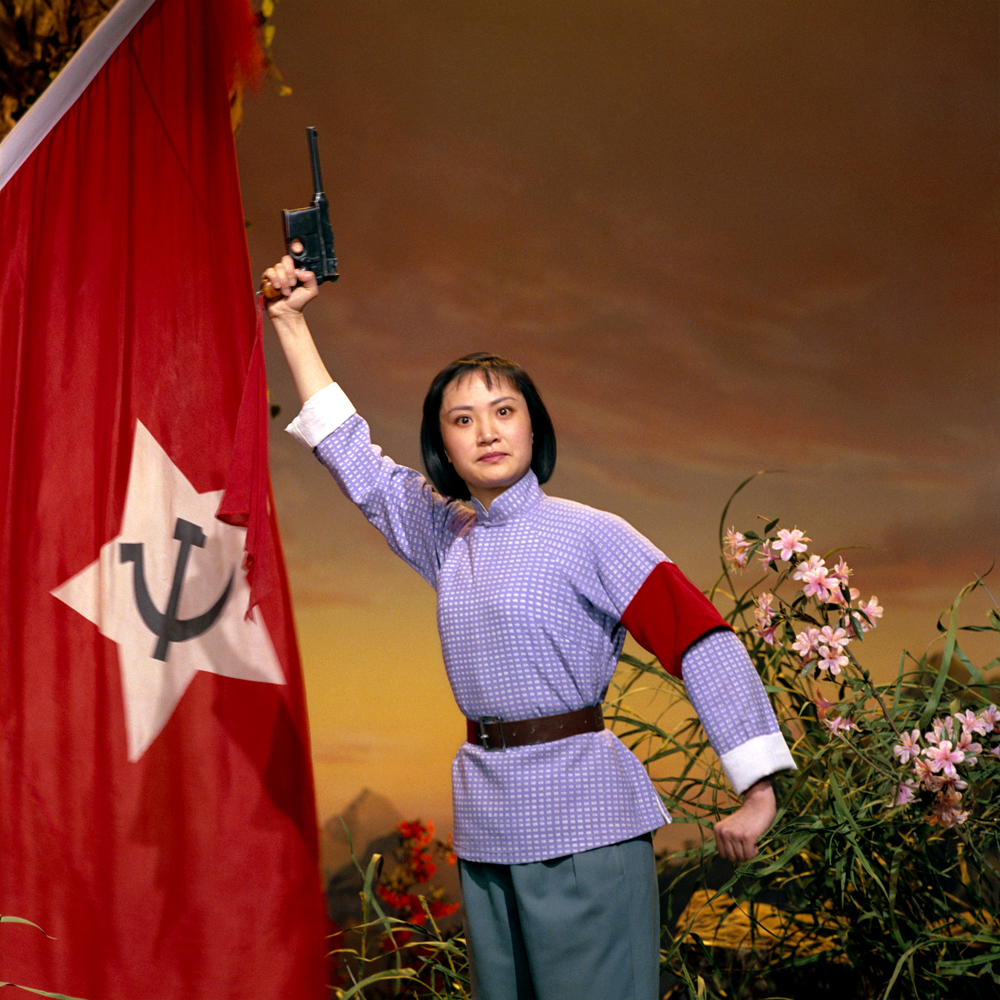
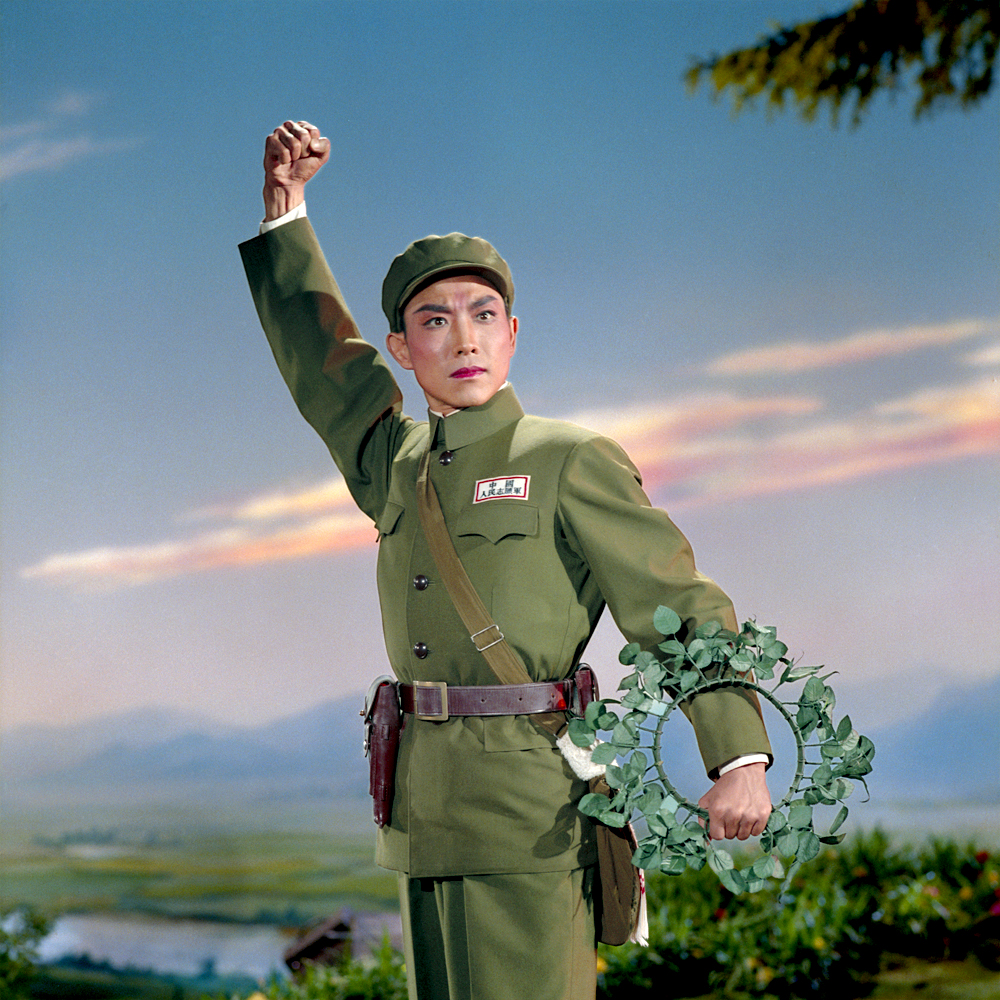
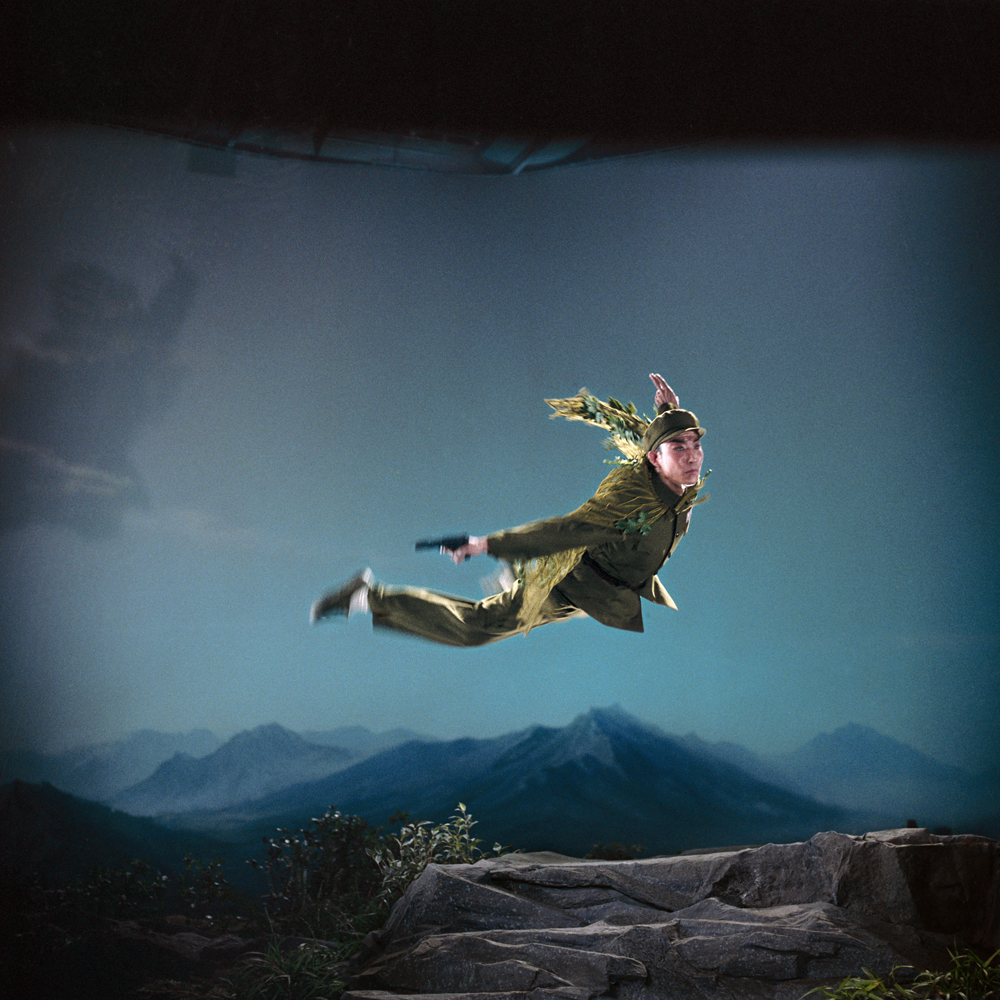
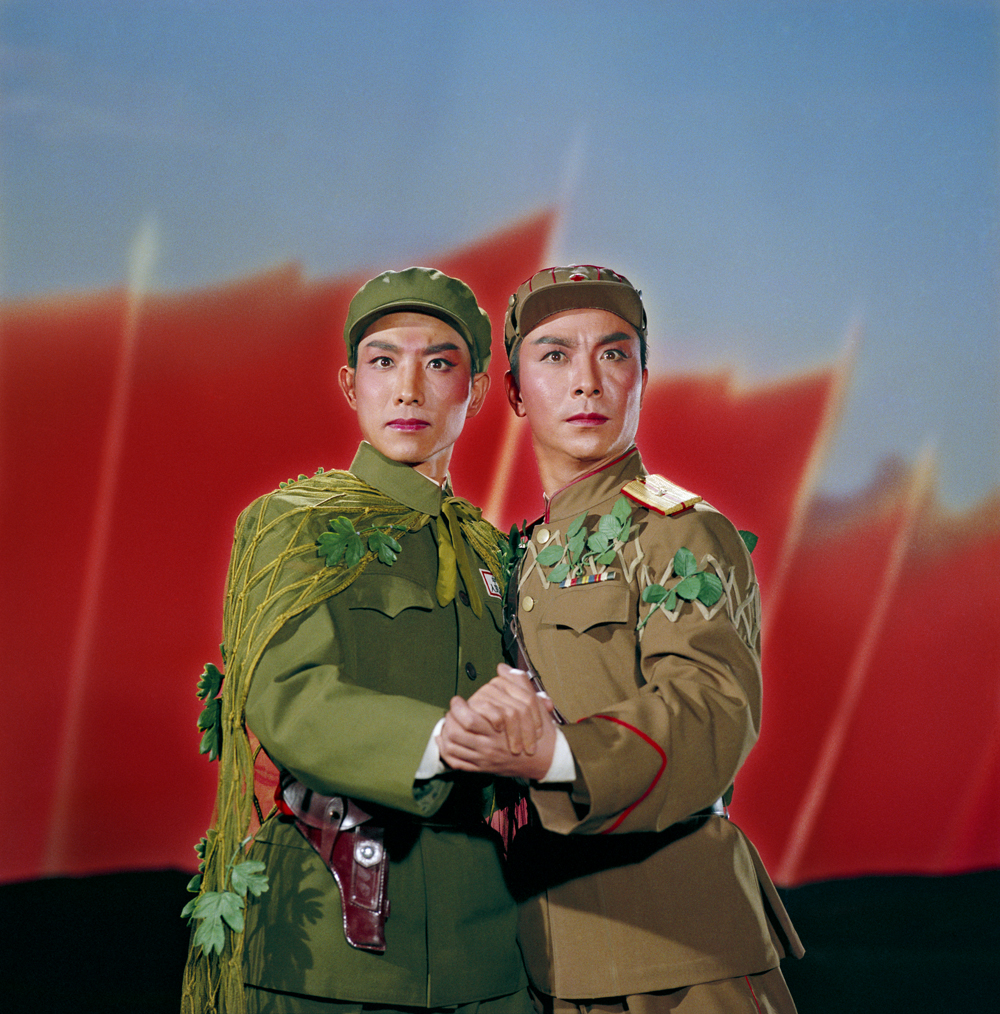
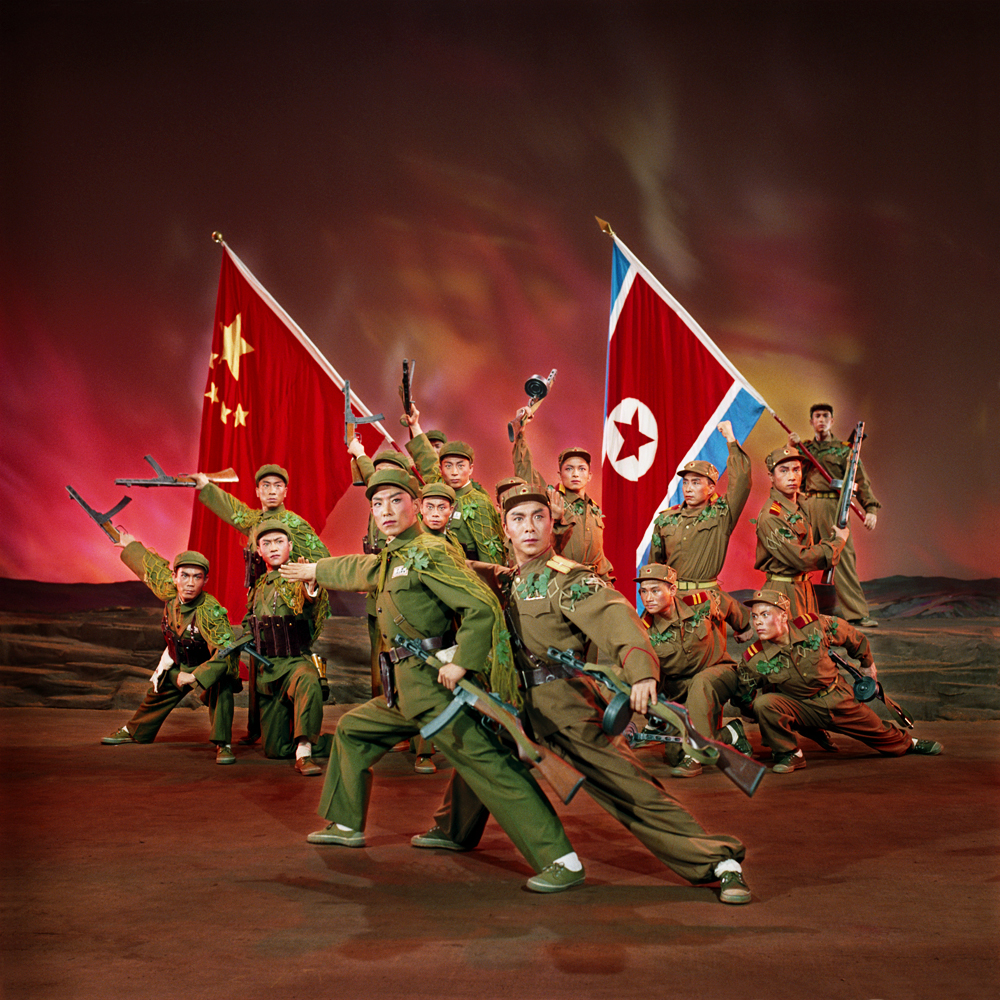

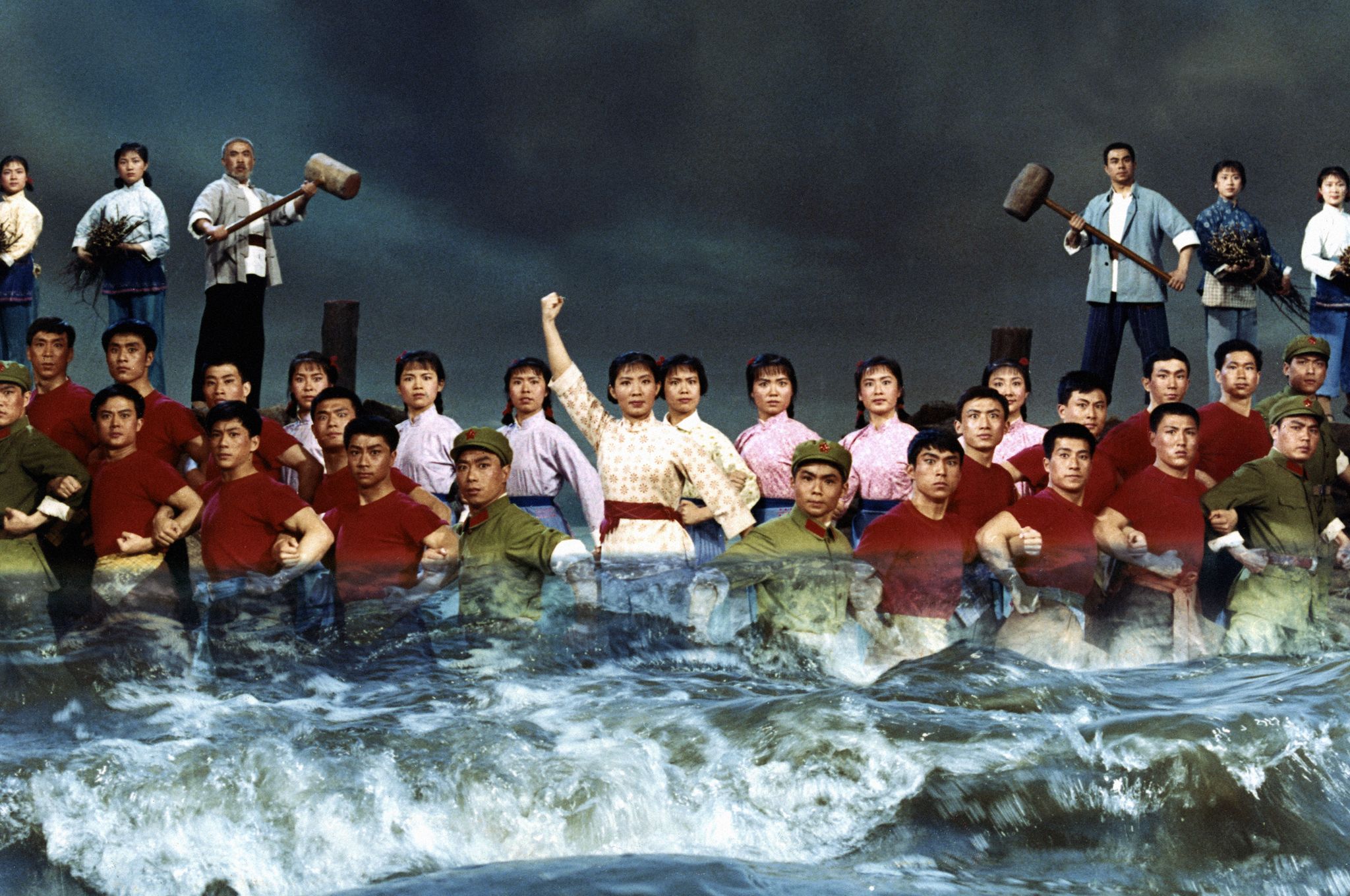


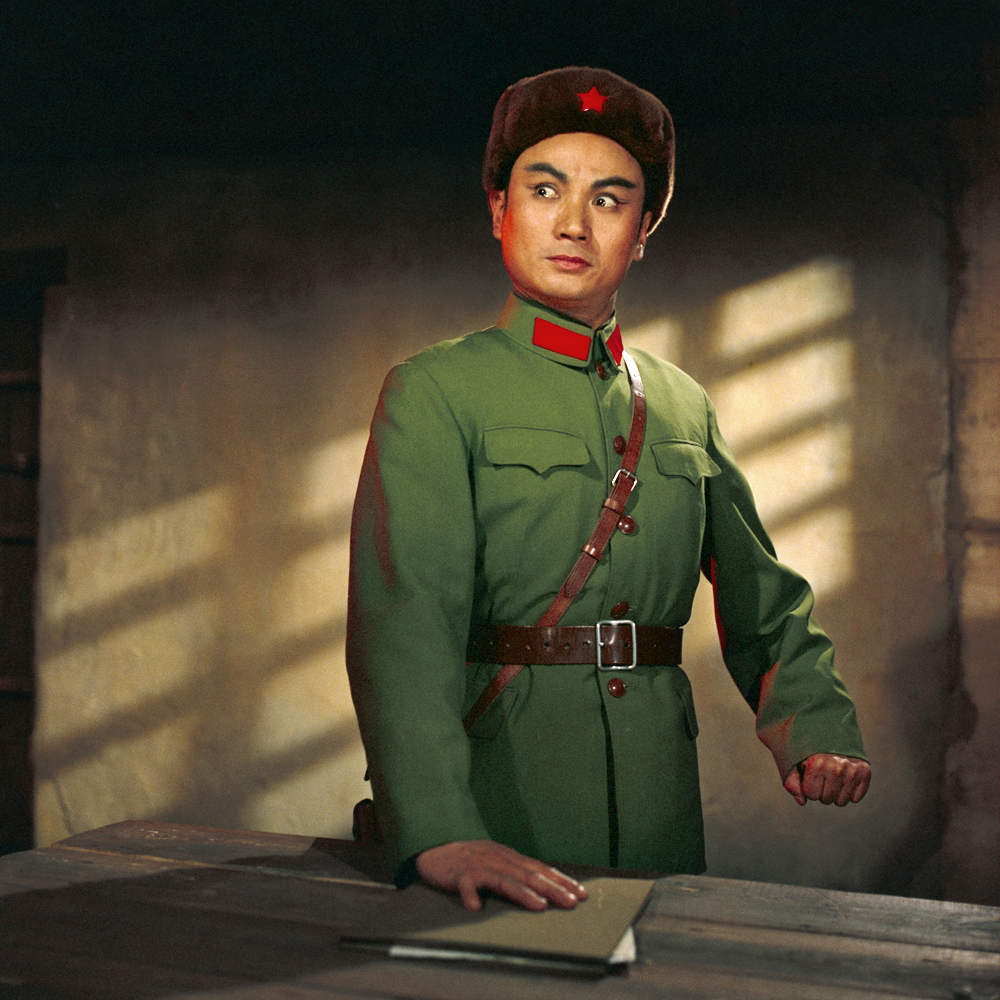


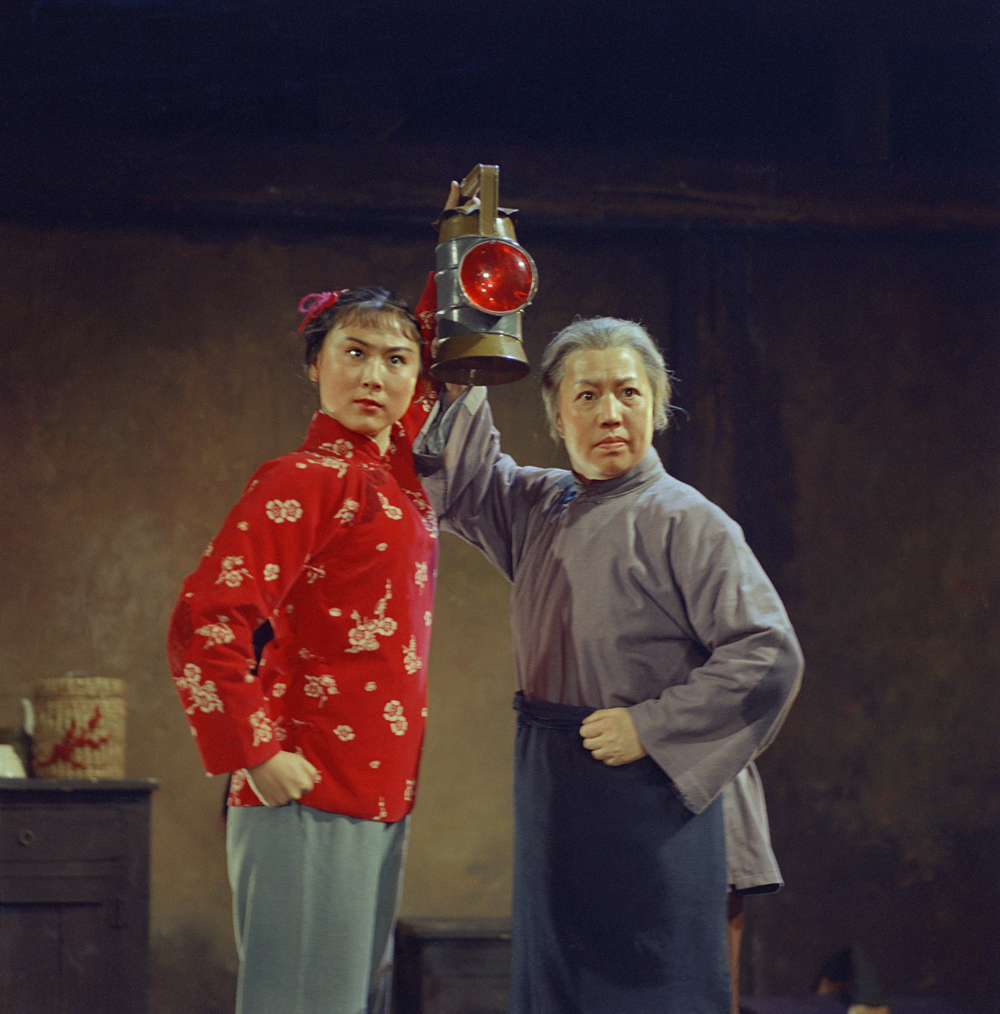
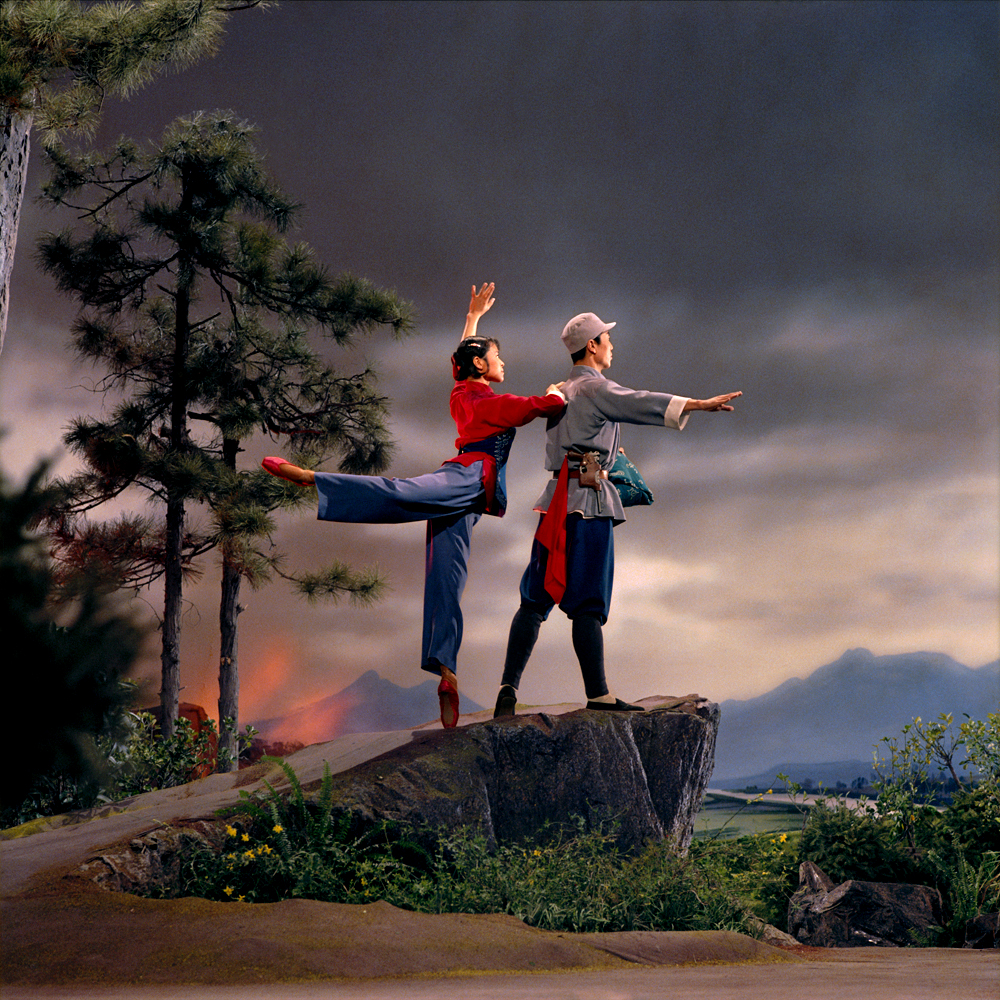
More Must-Reads from TIME
- Donald Trump Is TIME's 2024 Person of the Year
- Why We Chose Trump as Person of the Year
- Is Intermittent Fasting Good or Bad for You?
- The 100 Must-Read Books of 2024
- The 20 Best Christmas TV Episodes
- Column: If Optimism Feels Ridiculous Now, Try Hope
- The Future of Climate Action Is Trade Policy
- Merle Bombardieri Is Helping People Make the Baby Decision
Contact us at letters@time.com